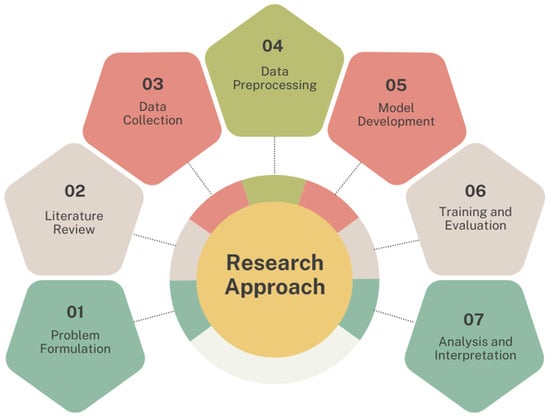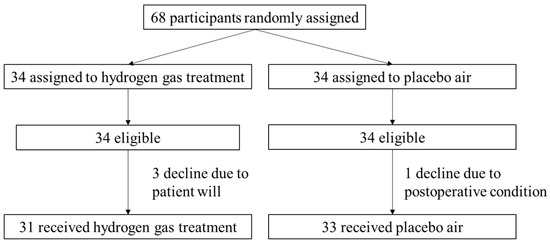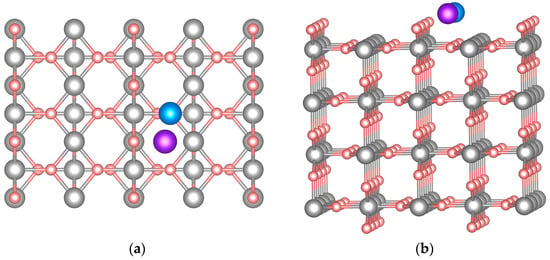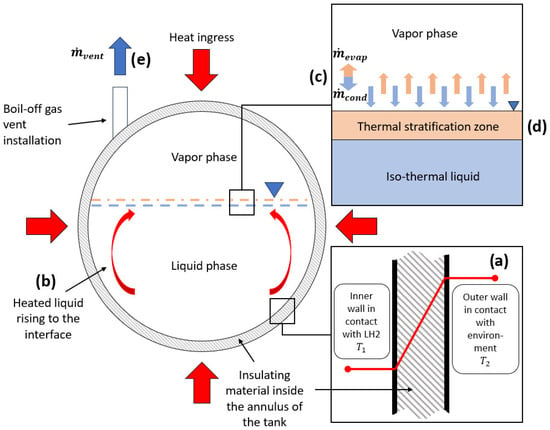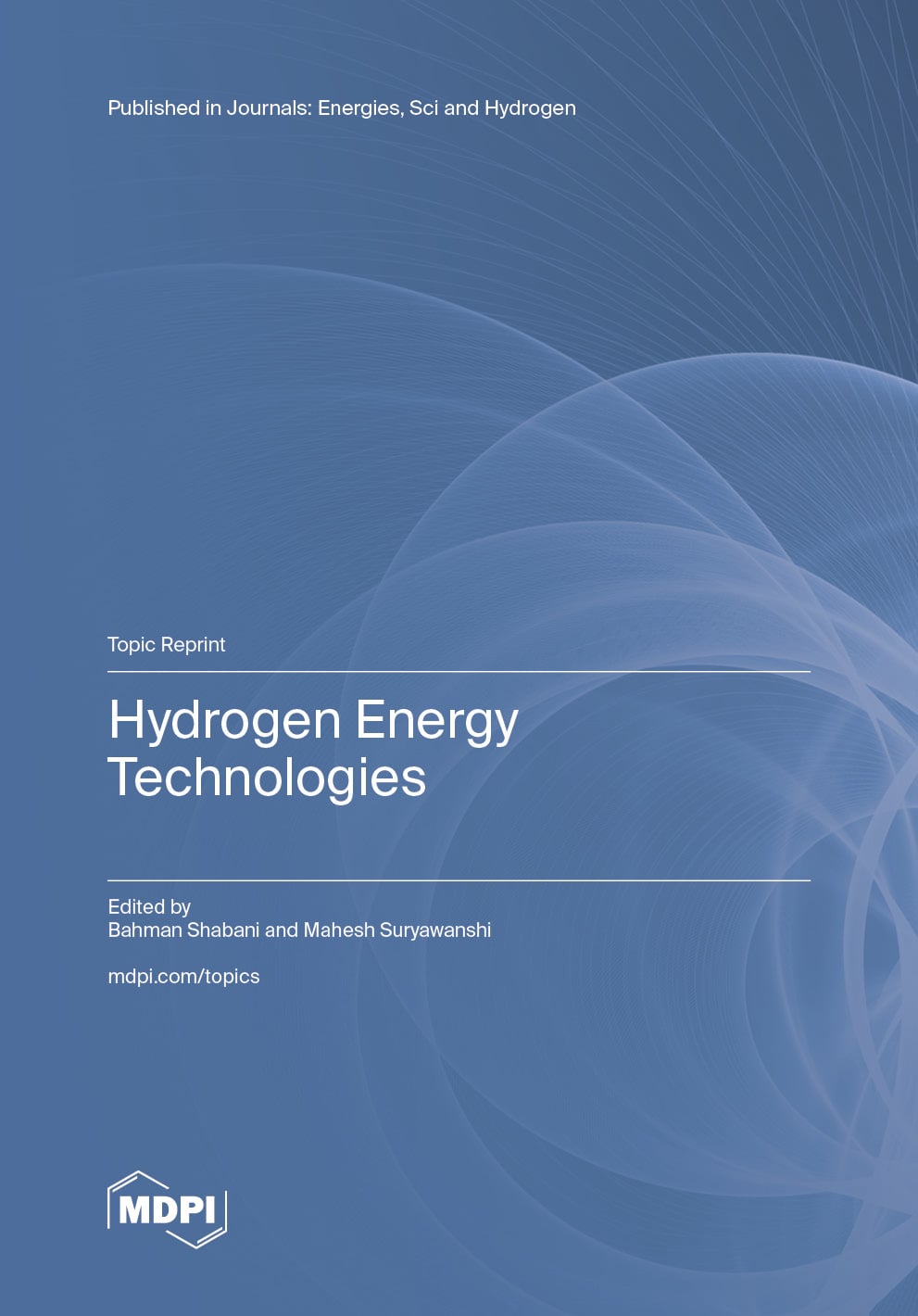- Article
Deep Learning-Driven Solar Fault Detection in Solar–Hydrogen AIoT Systems: Implementing CNN VGG16, ResNet-50, DenseNet121, and EfficientNetB0 in a University-Based Framework
- Salaki Reynaldo Joshua,
- Kenneth Yosua Palilingan and
- Salvius Paulus Lengkong
- + 1 author
The integration of solar photovoltaic (PV) systems into smart grids necessitates robust, real-time fault detection mechanisms, particularly in resource-constrained environments like the Solar–Hydrogen AIoT microgrid framework at a university. This study conducts a comparative analysis of four prominent Convolutional Neural Network (CNN) architectures VGG16, ResNet-50, DenseNet121, and EfficientNetB0 to determine the optimal model for low-latency, edge-based fault diagnosis. The models were trained and validated on a dataset of solar panel images featuring multiple fault types. Quantitatively, DenseNet121 achieved the highest classification accuracy at 86.00%, demonstrating superior generalization and feature extraction capabilities. However, when considering the stringent requirements of an AIoT system, computational efficiency became the decisive factor. EfficientNetB0 emerged as the most suitable architecture, delivering an acceptable accuracy of 80.00% while featuring the smallest model size (5.3 M parameters) and a fast inference time (approx. 26 ms/step). This efficiency-to-accuracy balance makes EfficientNetB0 ideal for deployment on edge computing nodes where memory and real-time processing are critical limitations. DenseNet121 achieved 86% accuracy, while EfficientNetB0 achieved 80% accuracy with lowest model size and fastest inference time. This research provides a validated methodology for implementing efficient deep learning solutions in sustainable, intelligent energy management systems. The novelty of this work lies in its deployment-focused comparison of CNN architectures tailored for real-time inference on resource-constrained Solar–Hydrogen AIoT systems.
19 December 2025


